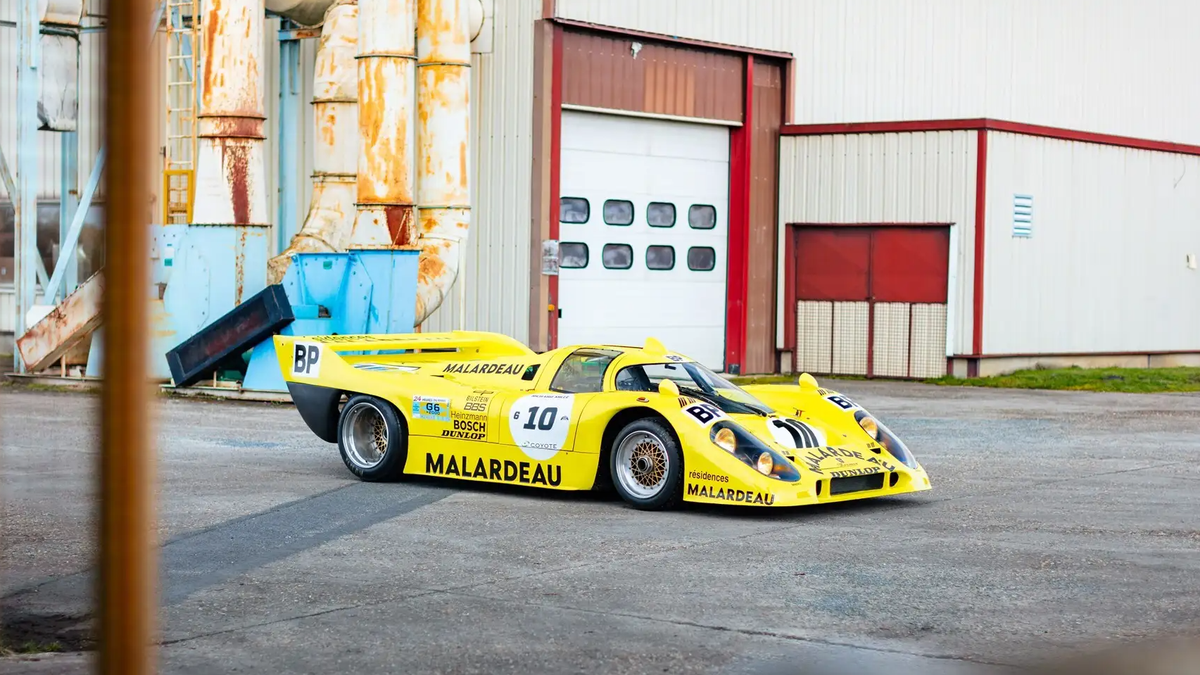There aren’t many racing cars that are still relevant on track over a decade after their first outing. For Kremer Racing to enter a Porsche 917 in the 1981 running of the Le Mans 24, 12 years after it first raced there, was unusual at the time and unthinkable today. A regulations loophole allowed the car to compete in the Group 6 class at the twice-around-the-clock race in rural France. While Porsche was busy building the all-conquering 956 prototype, Kremer re-jigged the 917 for one last shot at glory.
All these years later, it’s for sale, and you can own it! You know, if you have a spare three to five million dollars.
Porsche’s iconic flat-twelve-powered 917 protype won the 24 Hours of Le Mans in 1970 and again in 1971 to great effect, spring boarding the company to the tippy top of international motorsport. After the car was regulated out of Le Mans competition for 1972, Porsche turned away from naturally aspirated mani-cylinder engines, favoring turbocharging instead. Porsche won Le Mans three times with its 936 Spyders in the late 70s and early 80s, while Kremer and the drug-funded Whittington brothers took a 935-based K3 prototype to an unlikely overall victory in 1979.
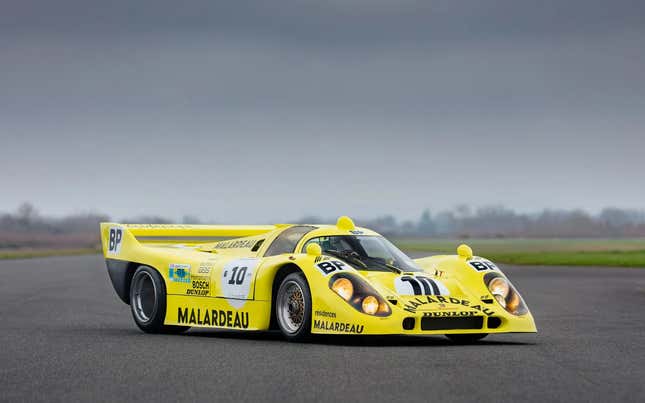
It was that Kremer victory that spurred the team to believe it could revive the 917 program and bring it back to its once winning ways. Unfortunately, the team didn’t finish the car soon enough to affect proper testing, and were still tweaking setups when they got to Le Mans proper. The car’s construction was still largely based on the original 917 design, with blessings from Porsche itself, but was given additional triangulation and a thicker tubing for increased chassis stiffness. Side skirts were added to take advantage of aerodynamic ground effect, and a full-width rear wing was added.
Unfortunately the wing added a lot more drag than the previous 917 allowed, and the gearsets in the transmission were too short. Olympic skier and eventual four-time Le Mans winner Brilliant Bob Wollek only managed to qualify the car 18th on the grid, as it was way down on top speed to the rest of the competition. With higher gear ratios installed for the race, the car was much better prepared to tackle Le Mans, with Wollek blasting his way into the top ten. Teammates Xavier Lapeyre and Guy Chasseuil didn’t have Wollek’s pace and quickly fell back down the order. Lapeyre ran over a tall kerb on track in the seventh hour of the race, tearing out an oil feed pipe and damaging the 5-liter engine. The car made it back to the pits, but it was retired.
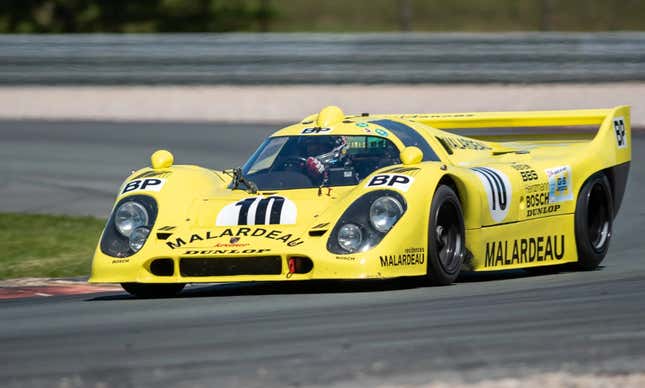
Kremer 917 K81 raced again at Brands Hatch later that same year, and it was much quicker around the short low-speed circuit. Wollek pushed the car up into a podium position and was fighting for the lead when the car suffered a suspension failure. Womp womp.
With modern tires and aero, the K81 was more than two seconds per lap faster around Brands Hatch than the Gulf-liveried 917 had been a decade prior. A small victory.
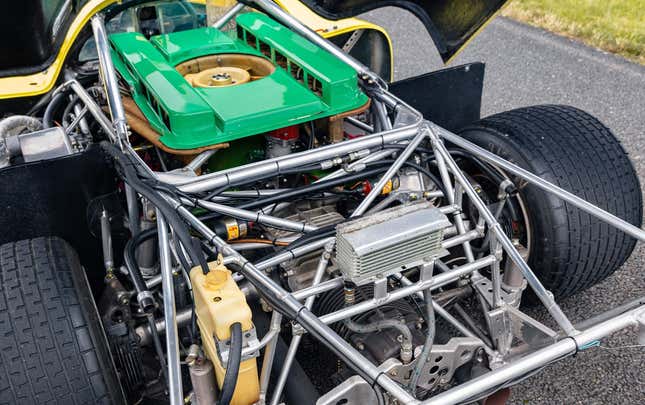
These days the car resides in a collection in France, and was recently treated to a full engine rebuild. According to the sellers, Crubilé Sport managed to find a “significant increase” in power from the 5-liter over what Porsche claimed it made in 1970. While it certainly isn’t as fast as the all-conquering turbocharged Can Am monsters of the early 1970s, with the benefit of a decade of racing development the Kremer K81 is likely to beat any of the Gulf 917s around most non-Le Mans tracks. Monterey Historics? You could have a real fight on your hands with Bruce Canepa.
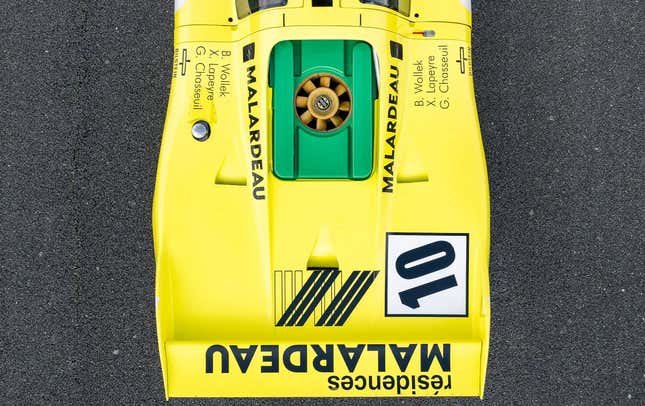
This weird and wild post-script to Porsche’s iconic 917 racing history has always intrigued me to no end. When I first saw that this car would be coming up for sale, I first pounded my fists that automotive journalism is no longer the kind of career that pays the types of wages I would need to pay for such a car. Then I spent the rest of the day and all of the following night lost in dreams of this monster machine. How awesome would it be to zoom this thing at my next local track day? I’d be the talk of the town.
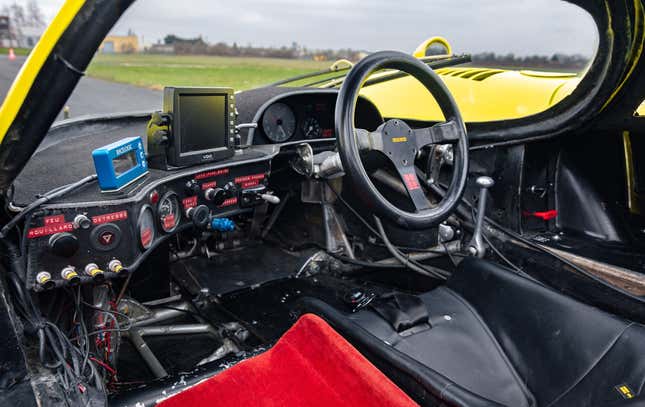
If you’re so inclined — and so fat-walleted — to bid on this one-off, you can raise your paddle at RM Sotheby’s Monaco auction next month. The auction house supposes that the car will sell for between 3.5 and 5 million euros. It’s probably worth more as the Last 917 than for its unique racing history, but I think that outside-the-box thinking is what makes me love this car. Good luck to the next owner. I hope they actually use the damn thing.


